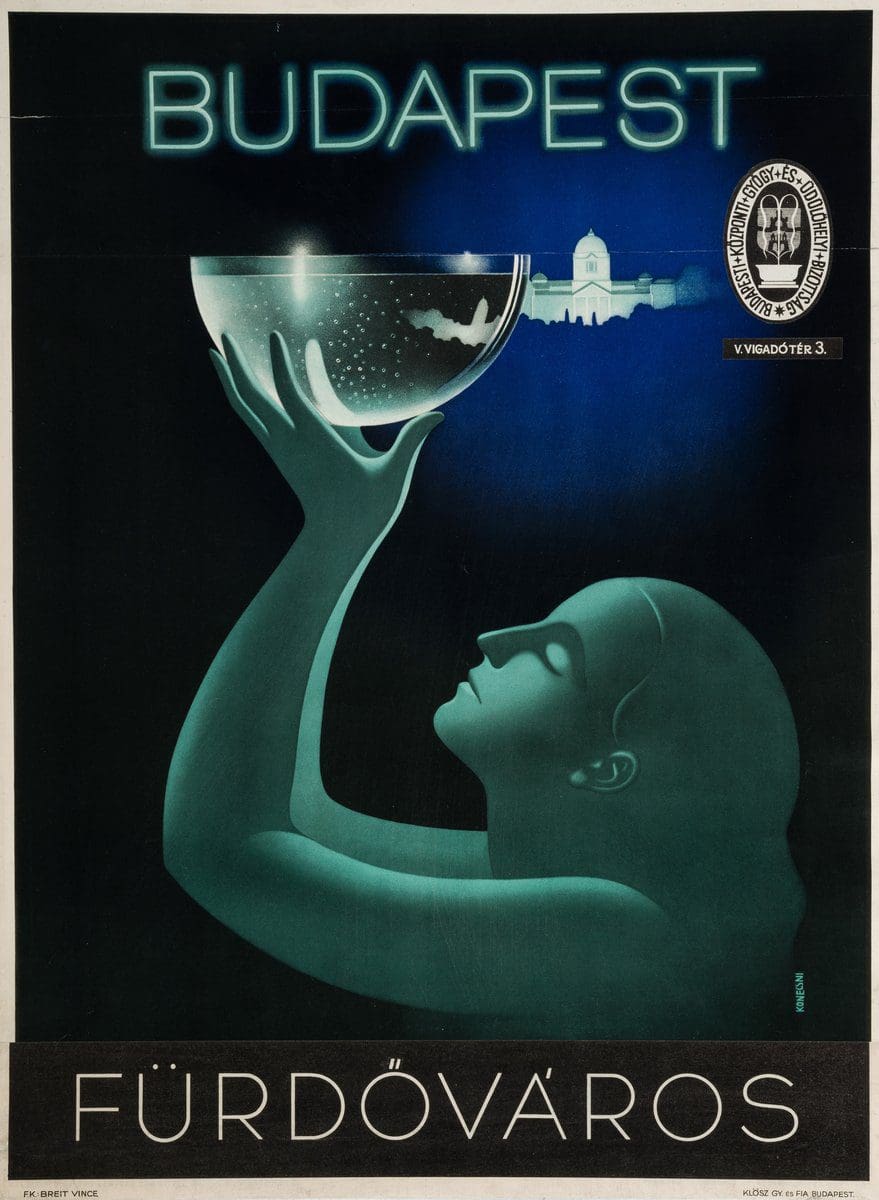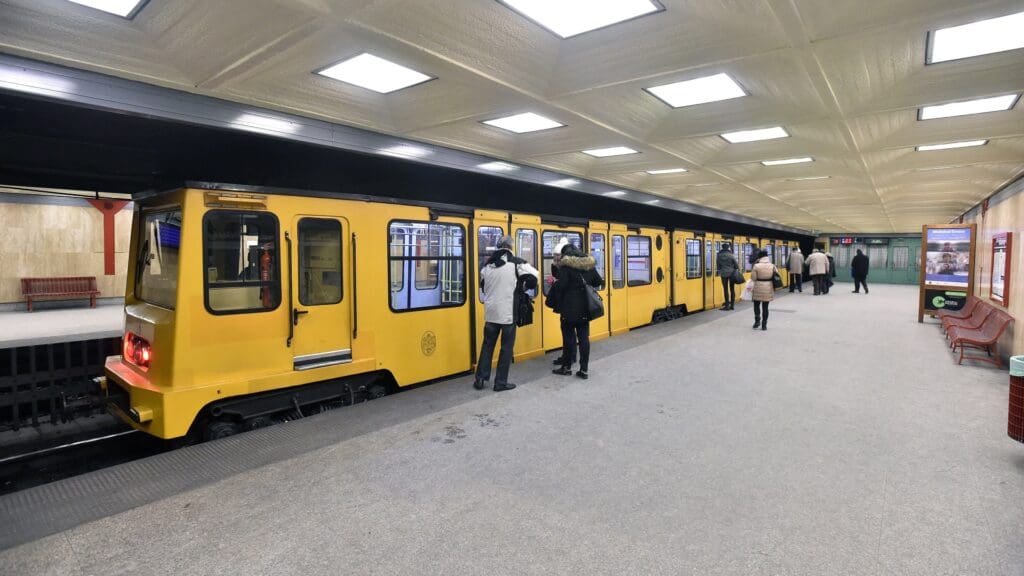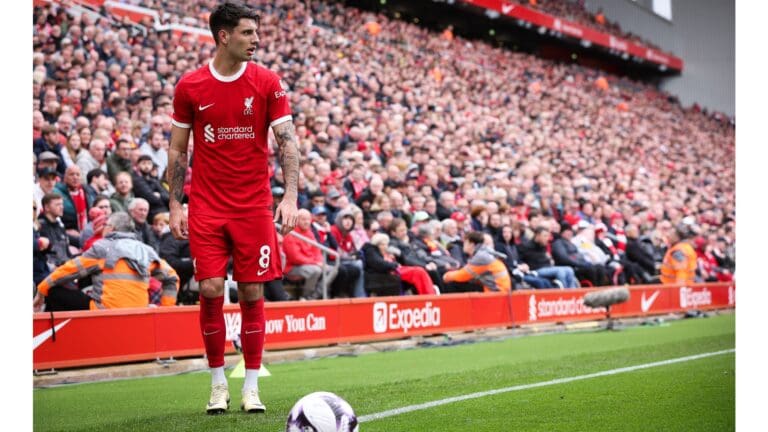Once upon a time there was a Budapest… the Budapest of old times, experiencing an upswing in the era of the Austro-Hungarian Monarchy, and then the heyday of the first half of the twentieth century. That Budapest was competing with the leading cities of the world at the time, growing as rapidly as Chicago or New York, with new boulevards and palaces like the ones in Paris, and a cultural life just as vibrant as in Vienna or Berlin.
The setting, the backdrop of that bygone era, however, is still here: in the centre of Budapest, the majority of the streets lined with Neo-Renaissance or Neo-Baroque blocks of flats have been preserved, and dozens of public buildings and palaces erected at the time are still standing. In fact, after many decades of neglect, many of them regained their original lustre in the last ten years. It was an enormous reconstruction drive, as the tragic events of 1944–45, the battle between the German and Soviet forces in the Hungarian capital, the years of post-war impoverishment, and the communist regime settling in afterwards had made it impossible to restore the earlier splendour of the city.

But the restoration efforts of these past year have been successful and most of the city has reclaimed its beauty. And perhaps it is now about time that we pay tribute to life in that bygone golden age, to the modus vivendi of the era, its small and not-so-small luxuries, the paraphernalia of a good life.
This is precisely what the Hungarian National Gallery—in the royal castle of Buda—does, with its exhibition Art Deco Budapest; Posters, Lifestyles and the City (1925–1938).
What exactly was Art Deco? A traditional period in the history of art which had a major impact? A passing fad among the wealthy? A sophisticated style reflecting on earlier periods, or the symbol of streamlined modernity making a rapid advance? Or, perhaps, all of these things combined?
Many people are eager to turn to the heritage of the last period in the history of art
One thing is certain: now, a century later, Art Deco is once more in, and at many places everything is pulled under this heading that had been born before minimalist modernism. It is also a fact that in our time, a truly streamlined and minimalist period, many people are eager to turn to the heritage of the last period in the history of art that advocated and represented the decorative and the playful, the high quality, and which possessed a sophisticated aesthetic. As it is revealed by this latest major art show in Budapest, a number of different inspirations were intertwined in Art Deco, including the results of avantgarde fine art, Art Nouveau echoes, references to historical styles, folk art, exotic cultures, and a rediscovery of the art of ancient Egypt.
Art Deco was also present in Hungary between the two world wars, which is only natural, one might say, but is actually not on second thought. Following the 1920 Trianon Peace Treaty—as a result of which Hungary lost two thirds of its territory, and an even higher proportion of its natural resources—the recovery of the country was a daunting task in itself. A decade of very hard work was needed to accomplish it, but thanks to the political and business elites at the time, and especially to the ten years of the Bethlen government, the country managed to lift its head up. Unfortunately, Hungary was unable to escape the overwhelming waves of history: the global economic crisis that began in 1929 badly hit the country, brutally shaking it just after it got back on its feet, and from the end of the 1930s, Hungary drifted into the Second World War, which had well-known devastating consequences.

Still, a few lucky years of peace remained when the bourgeois segments of society could afford quality life, a degree of luxury, with sufficient purchasing power to pay for the products of the latest trends in fashion and art. It is a fact of economic history that in the twentieth century, it was in the year 1938 that Hungary was the closest to the Western European level of development and living standards.
The posters on display document the phenomena of the period: the new feminine ideal, modern fashion, the cult of sport and health, as well as inventions
This is the period which is now presented at the Art Deco exhibition of the Hungarian National Gallery. As the museum put it, ‘The main focus of the exhibition is Hungarian Art Deco, with an emphasis on poster art and modern urban lifestyle.’ Indeed: posters, furniture, clothes, films, and urban spaces are combined into an overview of the distinct visual culture of the interwar period, showing the audience everything that had a part in shaping public taste at the time. The posters on display document the phenomena of the period: the new feminine ideal, modern fashion, the cult of sport and health, as well as inventions—the automobile, radio, and the talking pictures—and new forms of entertainment, such as jazz concerts, nightclubs, and revues.
As intended by its curators, the exhibition gradually leads visitors from the private and personal to the public sphere. It starts with the objects of women’s new fashion and body culture, middle-class interiors with modern furnishings, objects of everyday use and decorative pieces, the masterpieces of Art Deco applied art. These are followed by the lively spaces of the big city, Budapest, evoking the glamour of urban supermarkets and cinemas, the cult of Hollywood stars, and the legendary Budapest nightlife. From the mid-1930s, picturesque posters promoted Budapest as “the city of baths,” together with other regions of Hungary.
No comprehensive exhibition has ever been organised to present Budapest as a metropolis in the interwar years in such complexity.
The exhibition is open until 28 August in the Hungarian National Gallery, in the Buda Castle.








